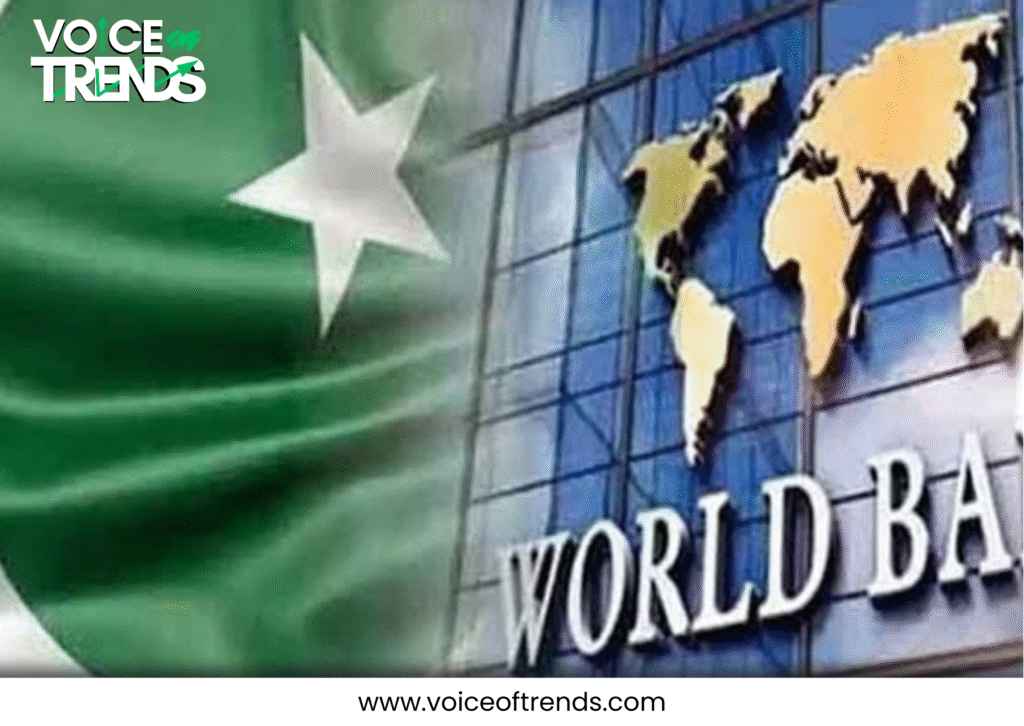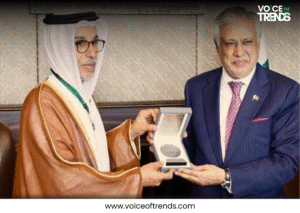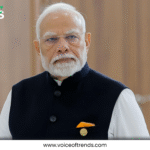Table of Contents
ToggleWorld Bank Commits $40 Billion Investment in Pakistan: A Game-Changer for Sustainable Growth
In a historic move, the World Bank has pledged a staggering $40 billion in investment in Pakistan over the next decade (2026-2035) under its innovative Country Partnership Framework (CPF). This unprecedented 10-year plan marks a significant shift from the traditional five-year strategy, signaling a long-term commitment to Pakistan’s economic and social development. With a focus on addressing key challenges such as poverty, climate resilience, and private sector development, this investment could prove to be a game-changer for the country’s future. Here’s a detailed look at what this means for Pakistan and how it intends to transform the country’s economic landscape.
A Strategic Framework for Long-Term Development
The World Bank’s $40 billion commitment is divided into two main phases. The first phase includes $20 billion in public sector lending, with $14 billion coming from the International Development Association (IDA) at concessional rates and $6 billion from the International Bank for Reconstruction and Development (IBRD). The second phase focuses on mobilizing an additional $20 billion through private sector investment led by the International Finance Corporation (IFC) and the Multilateral Investment Guarantee Agency (MIGA). This dual approach aims to strengthen both public infrastructure and private enterprise, creating a balanced strategy for sustainable development.
Unlike previous short-term programs, the CPF is designed to insulate development projects from Pakistan’s volatile political changes. By focusing on six key sectors with broad political support, the World Bank ensures that its investments remain effective regardless of changes in government. These areas include education, healthcare, climate resilience, clean energy, air quality improvements, and private sector productivity.
Key Focus Areas of the $40 Billion Investment
The CPF targets some of Pakistan’s most pressing challenges, aiming to create lasting opportunities for its people. Here’s a breakdown of the six priority areas:
Reducing Child Stunting and Improving Health Outcomes
Pakistan faces a serious human capital crisis, with a child stunting rate of 38 percent, one of the highest in the world. The World Bank plans to invest heavily in nutrition, clean water, sanitation, and family planning services to reduce stunting by approximately one-third over the next decade. Improved access to health care, especially for vulnerable populations, will also address high child mortality and maternal health problems.
Enhancing Education and Reducing Learning Poverty
With nearly two-thirds of school-age children in Pakistan facing learning poverty, CPF prioritizes quality basic education. Investments will focus on increasing school enrollment and improving learning outcomes, particularly for children in underserved areas.
Building Climate Resilience
Pakistan’s vulnerability to climate change, exemplified by the devastating floods of 2022, requires strong action. The framework allocates funds to protect 75 million people from climate-related risks through infrastructure improvements, flood resilience measures, and sustainable water management.
Promoting Clean Energy and Air Quality
The World Bank aims to decarbonize Pakistan’s energy sector while improving air quality to address both environmental and public health challenges.
Strengthening Fiscal Management
To ensure economic stability, CPF supports reforms to increase Pakistan’s tax-to-GDP ratio to 15% and increase public spending on essential services for the lower segment of the population to 60%.
Boosting Private Sector Growth
The $20 billion in private sector investment through IFC and MIGA will target sectors such as energy, agriculture, manufacturing, and digital infrastructure. By fostering an enabling environment for private investment, the World Bank aims to drive job creation and economic diversification.
Addressing Pakistan’s Economic Challenges
Pakistan has faced significant economic headwinds in recent years, including political instability, high inflation, and heavy reliance on foreign debt. The country narrowly avoided default thanks to a $7 billion IMF bailout in 2023, and continues to navigate a complex economic landscape. The World Bank’s $40 billion investment comes at a critical juncture, offering a lifeline to stabilize and grow the economy.
The CPF’s emphasis on long-term, large-scale projects marks a shift away from fragmented, short-term initiatives that have historically had weak impacts. By phasing out funding for low-impact sectors such as transport and higher education, the World Bank is prioritizing high-return investments that are aligned with Pakistan’s development goals. In addition, the framework’s collaboration with the IMF’s Joint Domestic Resource Mobilization Initiative will support structural reforms to enhance economic competitiveness and sustainability.
Economic Reforms and Government Commitment
Prime Minister Shehbaz Sharif welcomed the World Bank investment, calling it a vote of confidence in Pakistan’s economic resilience. During a recent meeting with World Bank Executive Directors, Sharif highlighted ongoing reforms, including the digitalization of the Federal Board of Revenue (FBR) to curb inflation, improvements in the power sector to ensure uninterrupted power supply, and efforts to combat corruption through a transparent system. These reforms are critical to maximizing the impact of the $40 billion investment and ensuring sustainable growth.
The World Bank delegation acknowledged Pakistan’s progress in energy, industry, exports, and tax reforms, noting positive outcomes for economic stability. However, challenges remain, including the need for consistent macroeconomic policies and a more business-friendly environment to attract foreign investment.
A Path to Sustainable Growth
The $40 billion investment is not a blank check but a strategic bet on Pakistan’s ability to break free from the cycle of economic crisis. The World Bank’s focus on long-term growth, coupled with Pakistan’s commitment to structural reforms, can pave the way for change. Key goals include increasing the tax-to-GDP ratio, reducing poverty (currently 42.3 percent), and protecting millions of people from climate risks.
To ensure success, the CPF will be supported by two-year rolling business plans, which will allow for flexibility and mid-term reviews to adjust strategies as needed. This adaptive approach, combined with technical assistance and advisory services, will help Pakistan navigate its complex economic and political landscape.
Challenges and Opportunities Ahead
While the World Bank’s commitment is a significant opportunity, its success depends on effective implementation. Pakistan’s history of policy inconsistencies, combined with external challenges such as regional conflicts and climate risks, could pose risks. The government should prioritize effective systems and prudent fund management to avoid missing this opportunity.
Moreover, the role of the private sector will also be important. By shifting investment away from speculative sectors such as real estate and toward productive sectors such as manufacturing and technology, the IFC aims to drive sustainable job creation and economic growth. Collaboration with other institutions, such as the Asian Development Bank, which is also in talks for a similar 10-year partnership, could further enhance the impact.
Conclusion: A New Chapter for Pakistan
The World Bank’s $40 billion investment under the Country Partnership Framework represents a bold step toward a more prosperous and resilient Pakistan. By addressing critical issues such as child development, learning poverty, climate change, and private sector development, this initiative has the potential to reshape the country’s future. However, the path forward requires unwavering commitment from policymakers, bureaucrats, and business leaders to translate this investment into tangible results.
As Pakistan embarks on this decade-long journey, the world will see whether it can seize this opportunity to break free from its economic challenges and build a brighter, more sustainable future for its people.




















